
Head-Turners on the Highway: Breaking Down the Trendiest Motorcycle Helmets This Season
, by Syed Khawar Bukhari, 17 min reading time

, by Syed Khawar Bukhari, 17 min reading time
Riding a motorcycle is an exhilarating experience, but safety should always be the top priority. One crucial aspect of rider safety is the motorcycle helmet. In this article, we'll dive into the world of motorcycle helmets, exploring not only their safety features but also the latest trends that turn heads on the highway.
Motorcycle helmets are more than just a stylish accessory—they are a vital safety tool. We'll discuss the different types of helmets available, the importance of adhering to safety standards, and considerations for choosing the right helmet for your riding style.
Full-face helmets are the most comprehensive option, providing coverage for the entire head, including the face and chin. They offer excellent protection against impact, wind, and debris, making them ideal for high-speed rides and long journeys. The full-face design also minimizes wind noise, providing a quieter and more comfortable riding experience.
Open-face helmets are recognizable by their design that covers the top, sides, and back of the head, leaving the face exposed. Popular among cruiser riders and those who prefer a classic look, these helmets provide a sense of freedom and ventilation. However, they offer less protection to the face compared to full-face helmets.

3. Modular Helmets: Versatility Unleashed
A hybrid between full-face and open-face helmets, modular helmets provide the best of both worlds. They feature a hinged design that allows the rider to flip up the chin bar, converting the helmet into an open-face style. This versatility is convenient for riders who want the option to enjoy both the protection of a full-face helmet and the freedom of an open-face design.

D.O.T. Daytona Skull Cap W/O VISOR - Gloss Black
4. Half Helmets: Minimalistic AppealHalf helmets cover only the top of the head, leaving the face and neck exposed. These helmets offer the least amount of coverage but are favored by riders who prioritize the feeling of the wind on their face. While they provide a sense of freedom, they offer minimal protection compared to other helmet types.
D.O.T. Daytona Cruiser Motorcycle 3/4 Helmet - W/ FLYING ACE'S
Off-road helmets are specifically designed for riders who venture off the beaten path. Featuring a distinctive angular chin bar and an elongated sun visor, these helmets offer maximum ventilation and protection against dust and debris. They are popular among dirt bike and motocross enthusiasts.
Dual-sport helmets are versatile options suitable for both on-road and off-road riding. They combine features of full-face and off-road helmets, providing a balance between aerodynamics and ventilation. Dual-sport helmets are ideal for riders who enjoy a variety of terrains.
7. Bluetooth-Integrated Helmets: Connectivity on the GoIn the age of technology, Bluetooth-integrated helmets have gained popularity. These helmets come equipped with built-in communication systems, allowing riders to connect with other riders, take calls, and listen to music without the need for external devices. The added convenience makes them a preferred choice for tech-savvy riders.
For riders seeking a touch of nostalgia, vintage-style helmets offer a classic aesthetic reminiscent of the past. While they may not provide the advanced features of modern helmets, they appeal to those who prioritize style and a retro vibe.
The evolution of motorcycle helmet designs is a fascinating journey that mirrors advancements in technology, rider preferences, and safety standards. In the early days, helmets were basic in structure, focusing primarily on protecting the head from impact. Over the years, however, designs have evolved significantly to incorporate style, comfort, and cutting-edge features.
In the early stages of motorcycle helmet evolution, the primary goal was functionality. Helmets were rudimentary in design, often resembling a simple, round shell with minimal padding. Safety was the driving force, and aesthetics were secondary.
As the years progressed, helmet designs started incorporating face shields and visors. This addition not only enhanced safety by protecting the rider's face from wind, debris, and insects but also introduced an element of style. Visors became customizable, allowing riders to express their personality through different tint options.
In the contemporary era, motorcycle helmets have become a canvas for artistic expression and technological innovation. Design trends are dynamic, influenced by a combination of rider preferences, fashion, and advancements in manufacturing.
Modern helmet designs go beyond mere protection—they are a form of self-expression. Riders can choose from a vast array of graphic designs, colors, and finishes to match their individual style. From sleek and minimalist designs to bold and vibrant graphics, helmets have become a fashion statement on the road.
A significant trend in current helmet design is the emphasis on aerodynamics and ventilation. Manufacturers are utilizing wind tunnel testing to create helmets that offer optimal airflow, reducing drag and increasing comfort during high-speed rides. Ventilation systems are strategically placed to enhance breathability, making helmets suitable for various weather conditions.
Advancements in materials have led to the use of lightweight yet durable components in helmet construction. Carbon fiber, fiberglass, and advanced polymers contribute to helmets that are not only protective but also comfortable for extended periods of wear. This focus on weight reduction aligns with the growing demand for helmets that don't compromise on safety while providing a comfortable riding experience.
The integration of technology has revolutionized motorcycle helmet designs, elevating them from mere safety gear to sophisticated pieces of equipment. Technological advancements have brought forth a new era of smart helmets with features that enhance connectivity, safety, and overall riding experience.
One notable impact of technology is the incorporation of communication systems directly into the helmet. Bluetooth-enabled helmets allow riders to stay connected on the go, facilitating communication with other riders, taking calls, and even listening to music seamlessly. Some helmets also feature heads-up displays (HUDs) that provide essential information without distracting the rider from the road.
Modern helmets often come equipped with built-in cameras, turning each ride into a memorable experience. These integrated cameras capture the rider's point of view, allowing them to relive their adventures and share them with others. This feature adds an exciting dimension to helmet designs, catering to the growing trend of documenting rides.
Technology has enabled the incorporation of smart safety features in helmets. From integrated GPS systems for navigation to impact sensors that can detect accidents and automatically call for help, these advancements prioritize rider safety. Helmets have evolved into intelligent devices that not only protect but also enhance the overall safety of motorcycle enthusiasts.
When it comes to helmet construction, the materials used play a crucial role in determining the helmet's effectiveness in protecting the rider. Understanding the common materials used in helmets, along with their pros and cons, is essential for making an informed choice when selecting a helmet.
Polycarbonate helmets are popular for their affordability and durability. These helmets are impact-resistant and provide adequate protection for everyday riding. However, they may be slightly heavier compared to helmets made from other materials.
Fiberglass composite helmets offer a balance between weight and strength. They are lighter than polycarbonate helmets and provide excellent impact resistance. Fiberglass helmets are favored by riders who seek a lightweight option without compromising on safety.
Carbon fiber helmets are at the top tier of helmet materials. Known for their exceptional strength-to-weight ratio, carbon fiber helmets are incredibly light and offer superior impact protection. However, they often come with a higher price tag due to the cost of manufacturing.
While not the outer shell material, EPS foam is a crucial component in helmet construction. It is commonly used as the inner liner of helmets to absorb impact energy. Helmets often feature an EPS foam layer between the outer shell and the comfort liner, providing additional protection against concussions.
Pros:
Cons:
Pros:
Cons:
Pros:
Cons:
Pros:
Cons:
As technology advances, helmet manufacturers are incorporating innovative materials to enhance helmet performance. These advanced materials often complement traditional shell materials, contributing to improved safety and comfort.
Many modern helmets feature multi-layered shell construction, combining different materials in strategic layers to optimize strength, impact absorption, and weight. This sophisticated approach ensures a high level of protection without compromising on comfort.
Kevlar reinforcement is another advanced material used in helmet construction. Kevlar fibers are known for their high tensile strength, providing additional reinforcement to the helmet's structure. Helmets with Kevlar components offer enhanced durability and impact resistance.
Innovative impact-absorbing polymers are designed to disperse impact energy more effectively. Helmets utilizing these polymers can provide superior protection by minimizing the force transmitted to the rider's head during an impact.
Wearing a motorcycle helmet is not just about adhering to safety regulations—it's about ensuring your own well-being on the road. The importance of a well-fitted helmet cannot be overstated. A properly fitted helmet enhances safety, comfort, and overall riding experience.
A well-fitted helmet is crucial for safety. In the event of an accident, a helmet that fits snugly on your head ensures that it stays in place, providing maximum protection. A loose or improperly fitted helmet may not provide the necessary coverage, exposing you to potential risks.
A helmet that fits well also helps in minimizing wind noise and fatigue during long rides. An improperly fitted helmet may create excess wind resistance and noise, leading to discomfort and distraction. This can be especially crucial on highways where wind speeds are higher.
A helmet that sits correctly on your head contributes to better visibility. If the helmet is too loose, it may obstruct your vision, creating blind spots that can be hazardous. A well-fitted helmet ensures that your eyes are properly aligned with the visor, allowing you to maintain focus on the road ahead.
Ensuring a proper helmet fit starts with accurate measurements. Here's a step-by-step guide on how to measure for the right fit:
Use a flexible tape measure to determine the circumference of your head. Place the tape measure about one inch above your eyebrows and ears. Make sure it is snug but not too tight.
Helmet manufacturers provide sizing charts based on head measurements. Refer to the sizing chart specific to the brand and model you're interested in. Sizes may vary between manufacturers, so it's crucial to consult the relevant chart.
Whenever possible, try on the helmet before making a purchase. Helmets from different brands may have slightly different shapes, and personal preferences vary. Ensure the helmet sits comfortably on your head without being too tight or too loose.
Once you've found the right-sized helmet, proper adjustment is key to ensuring maximum comfort. Follow these tips for an optimal fit:
The chin strap is a vital component of helmet security. Make sure it is securely fastened, with the strap snugly under your chin. You should be able to fit only one or two fingers between the strap and your chin.
Ensure the helmet sits level on your head. The top of the helmet should be parallel to the ground. If the helmet is tilted backward or forward, it may affect your vision and compromise safety.
The helmet should fit snugly all around your head, with even pressure. There should be no gaps or excessive pressure points. Shake your head gently; the helmet should stay in place without wobbling.
Most helmets come with removable padding or liners. Adjust these components to achieve a comfortable and secure fit. If the helmet feels too tight in certain areas, consider removing or replacing padding accordingly.
A well-fitted helmet today may not remain so indefinitely. Over time, padding may compress, and straps may loosen. Periodically check and readjust your helmet to ensure it maintains a secure and comfortable fit.
Riding a motorcycle is an exhilarating experience, but ensuring your safety on the road should always be a top priority. When it comes to choosing a helmet, finding the right balance between affordability and quality is crucial. Fortunately, there are budget-friendly helmet options available that provide adequate protection without breaking the bank.
Entry-level helmets are a great option for riders on a budget. These helmets typically meet basic safety standards and offer essential protection. While they may lack some of the advanced features of higher-end helmets, they provide a solid foundation for safety at an affordable price.
Helmets with in-mold construction are often more budget-friendly compared to those with advanced shell materials like carbon fiber. In-mold construction involves fusing the helmet's outer shell with the impact-absorbing foam liner, providing a lightweight and cost-effective design without compromising safety.
Opting for helmets with a basic design can also contribute to affordability. Helmets with fewer graphics and simpler features tend to be more budget-friendly. While they may lack the aesthetic flair of premium helmets, they still prioritize essential safety features.
Regardless of your budget, it's crucial to prioritize helmets that meet or exceed safety standards. Look for helmets that are certified by recognized safety organizations, such as the DOT (Department of Transportation) in the United States or ECE (Economic Commission for Europe) standards. Ensuring compliance with these standards ensures a baseline level of safety.
While budget-friendly helmets may use less expensive materials, it's essential to prioritize helmets with good impact resistance. Understanding the materials used in the helmet's construction and their impact-absorbing capabilities is crucial. Balancing cost and impact resistance ensures that the helmet provides adequate protection in case of an accident.
A well-fitted helmet contributes significantly to safety and comfort. Even budget-friendly options should prioritize proper fit. Ensure that the helmet snugly fits your head without being too tight or too loose. Helmets with adjustable padding and ventilation systems can enhance comfort, even at a lower price point.
When evaluating the affordability of a helmet, consider the total cost of ownership. Higher-end helmets may come with features that contribute to long-term comfort and durability. Investing in a quality helmet can pay off over time, as it may require less frequent replacement and provide a more enjoyable riding experience.
Helmets are designed to absorb the impact of a collision, and their effectiveness can be compromised after a significant impact. Regardless of the initial cost, it's crucial to replace a helmet after an accident. This is an essential aspect of ensuring ongoing safety and protection.
In the digital age, online shopping has become a convenient and popular way to explore a vast range of motorcycle helmets. Online retailers offer an extensive selection, competitive prices, and the convenience of browsing from the comfort of your home.
Specialty StoresSpecialty stores focusing specifically on motorcycle gear and accessories provide an immersive shopping experience. Visiting these stores allows you to physically try on helmets, seek expert advice, and explore additional gear options.
In the quest for the perfect motorcycle helmet, striking a balance between affordability and quality is paramount. Whether exploring online retailers for convenience, specialty stores for expert advice, or local dealerships for a hands-on experience, prioritizing safety standards and proper fit ensures a secure and enjoyable riding experience. Remember, your helmet is an investment in both your safety and comfort on the road. Ride safe!

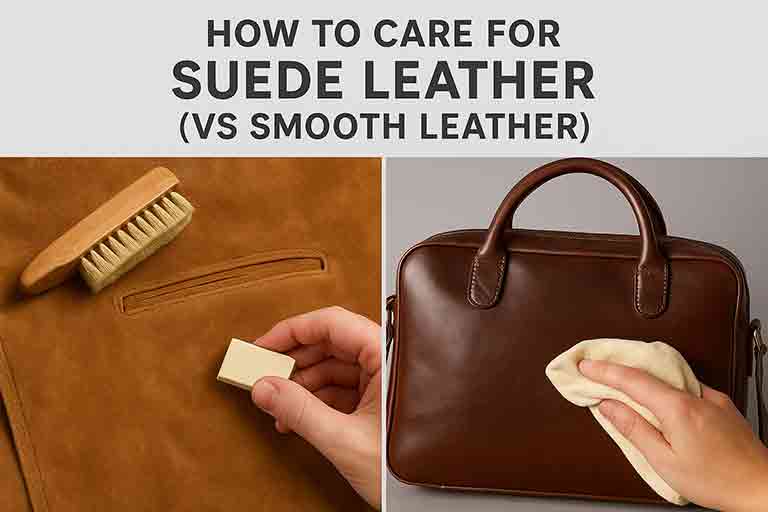
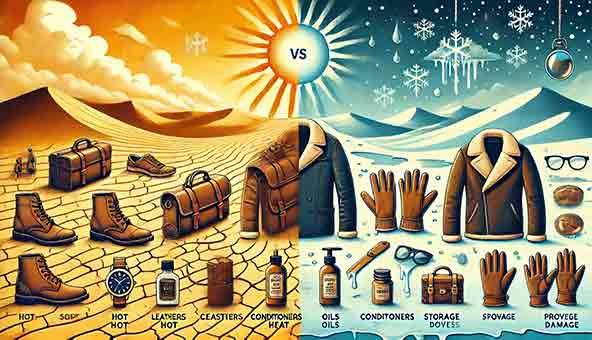
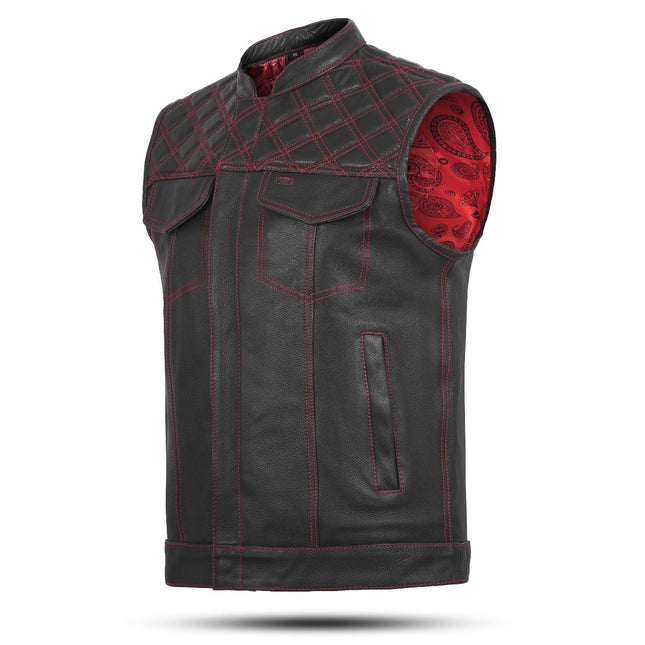
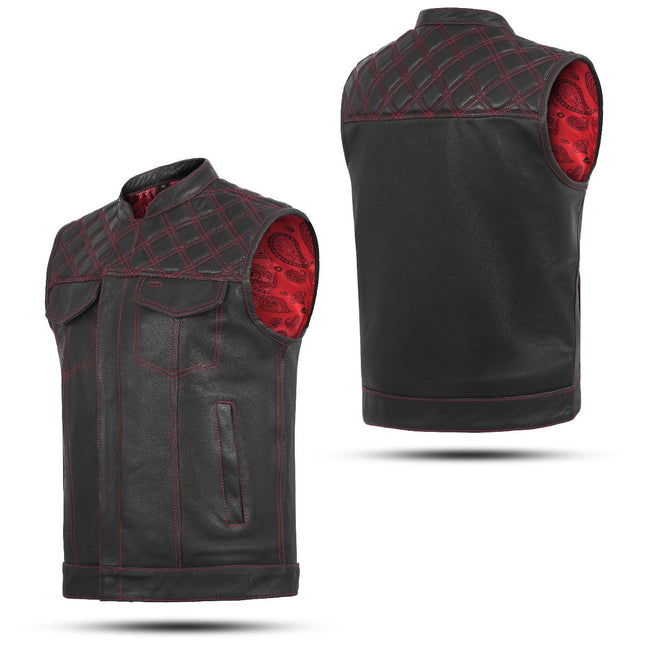
795 in stock
$139.95 - $169.95
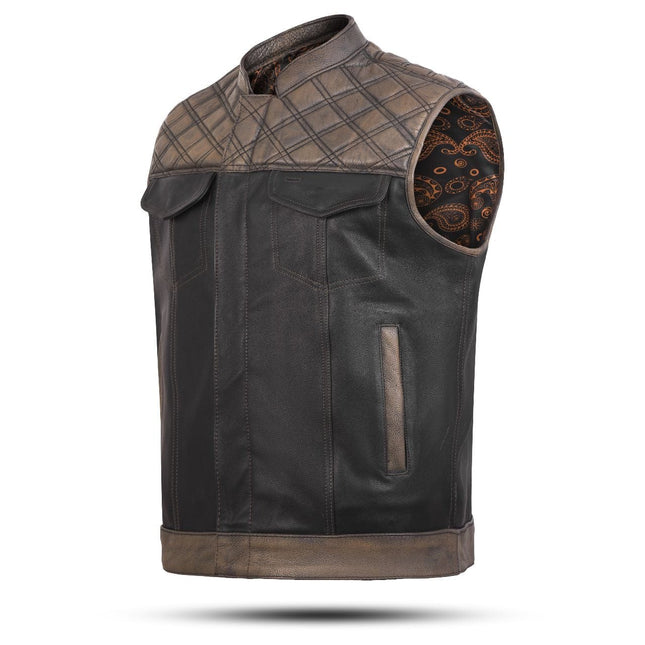
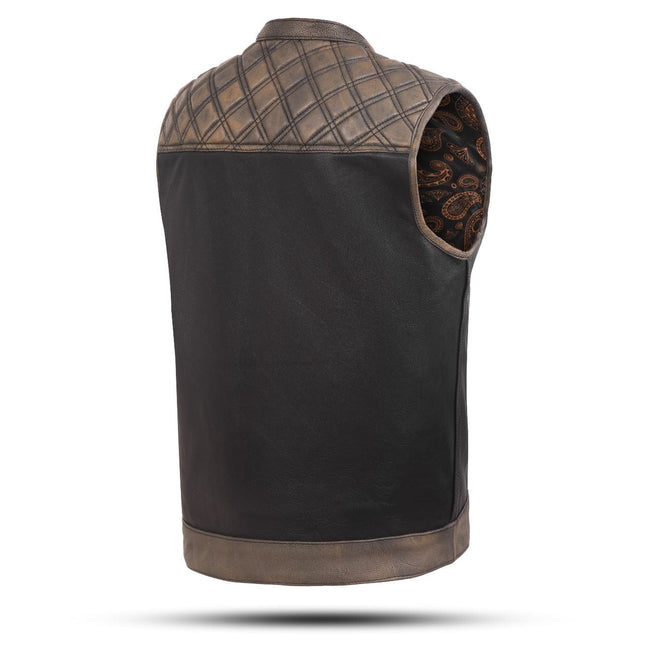
794 in stock
$139.95 - $169.95
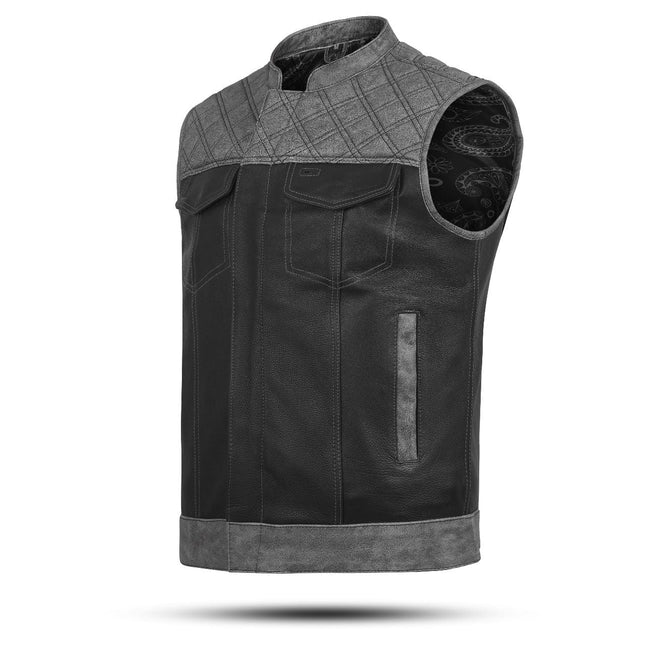
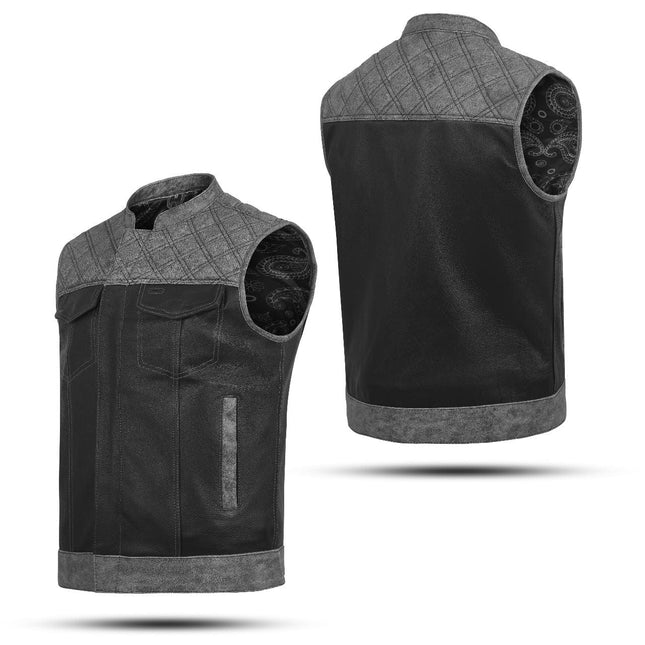
796 in stock
$139.95 - $169.95
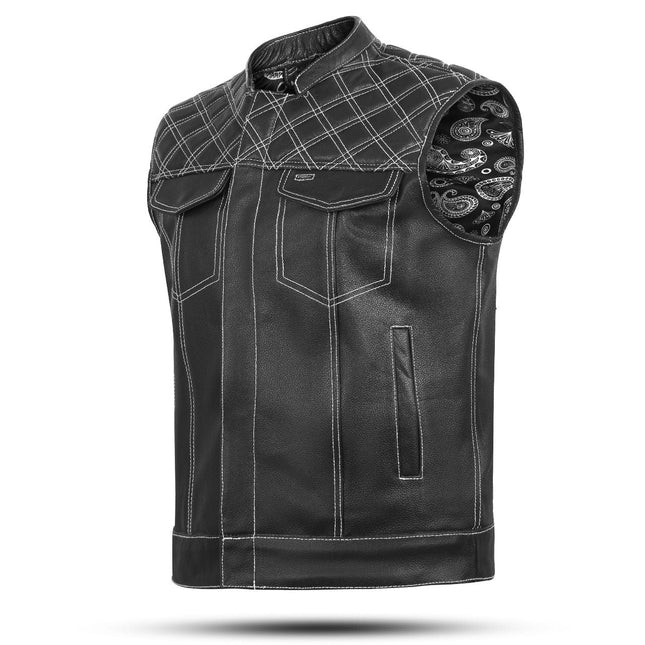
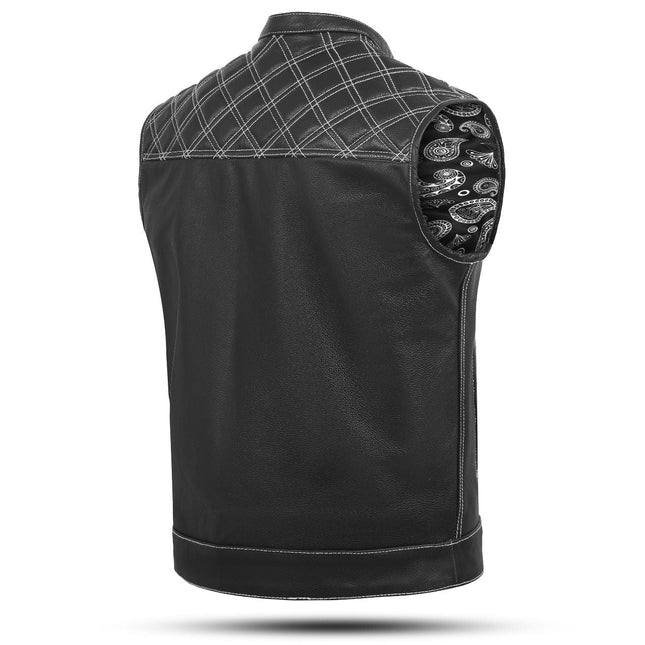
788 in stock
$139.95 - $169.95
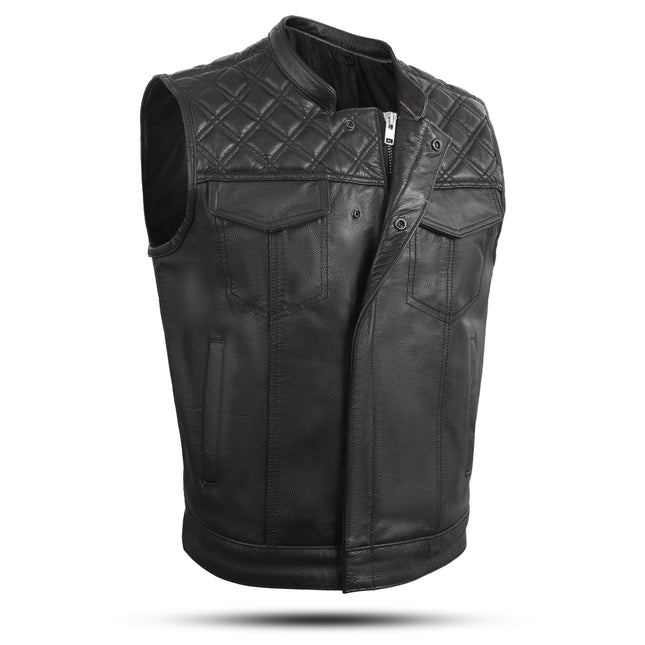
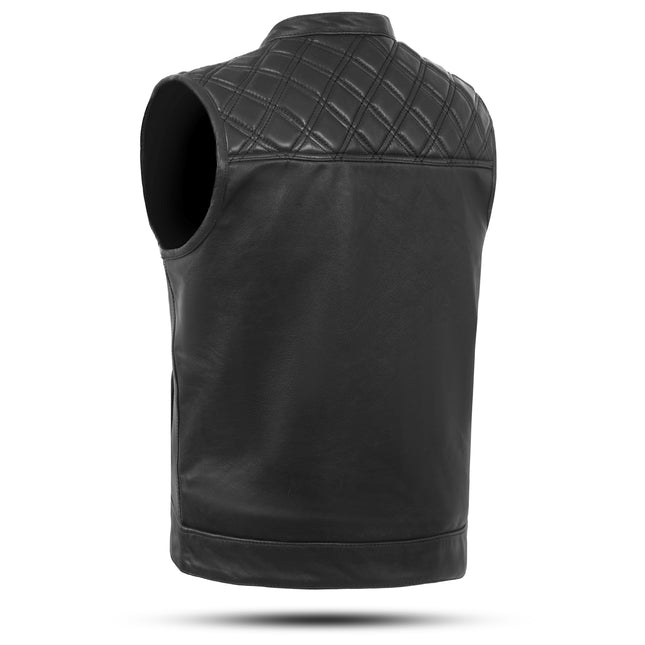
80 in stock
$79.95 - $99.95
FREE DELIVERY WORLDWIDE
HASSLE FREE RETURNS
CUSTOMER SATISFACTION GUARANTEED
SAFE AND SECURE PAYMENTS